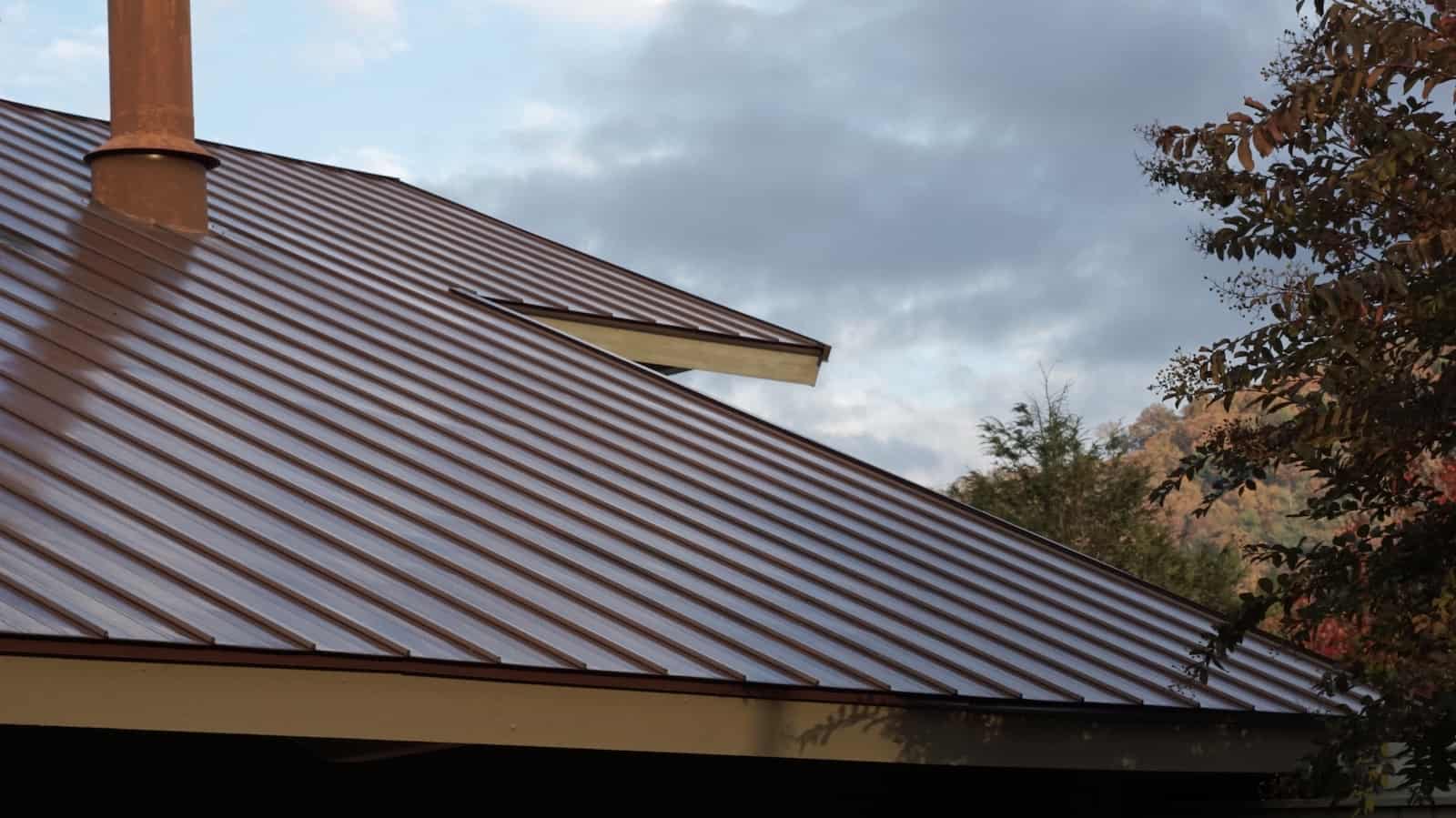Your roof is your home’s first line of defense against the elements, and it takes a beating from weather year-round. Prolonged exposure to extreme weather, including intense rain, snow, hail, and powerful winds, can gradually degrade even the toughest roofs. Extreme weather reduces the lifespan of your roof and increases the likelihood of damage, which leads to costly repairs or replacements. Understanding how different weather conditions impact your roof allows you to take proactive measures to maintain its condition and prevent major issues. This article explores the effects of weather on your roof and how to protect it.
The Impact of Heavy Rain and Snow
Rain and snow are among the most common weather challenges for roofs. Heavy rain can cause water pooling and leaks if gutters or drainage systems are clogged. Snow and ice, especially in colder climates, add significant weight to the roof, increasing the risk of structural damage. Over time, the freeze-thaw cycle can cause cracks in shingles or tiles, making them more prone to leaks. To prevent damage, regularly clear gutters and inspect your roof for weak spots after storms or heavy snowfall.

Hail Damage and Roof Wear
Hailstorms can leave visible marks on your roof, such as dents in metal panels or cracks in shingles. These seemingly small issues can quickly worsen, which allows water to seep through and cause further damage. Even minor hail damage can shorten your roof’s lifespan if left untreated. If your roof suffers extensive damage, you may need to consider repairs or a full replacement. In cases where fire damage occurs alongside hailstorms, companies like https://pcla.co.uk/ can assist with filing insurance claims to cover repair costs and ensure homeowners receive fair settlements.
Wind: The Silent Roof Killer
Strong winds can loosen or tear off shingles, leaving the underlayment exposed to rain and sun. Over time, this exposure weakens the roof’s structure and allows water to penetrate, leading to rot or mold growth. Wind can also blow debris onto your roof, causing additional damage. It’s important to inspect your roof after windstorms for missing shingles or other visible issues. Addressing problems early prevents small damages from turning into costly repairs.

Extreme Heat and UV Rays
Extended exposure to strong sunlight and high temperatures can cause roofing materials to dry out, leading to cracking, warping, or fading. Asphalt shingles, for example, may lose their protective granules over time, which makes them less effective at shielding your home from the elements. Roofs in areas with high temperatures benefit from reflective coatings or heat-resistant materials. Routine inspections and upkeep throughout the summer months can help your roof withstand the harsh effects of heat and UV rays.
Preparing Your Roof for Seasonal Changes
Each season comes with its own challenges, so it’s important to prepare your roof accordingly. Clean gutters in the fall to prevent water backup in winter, and check for loose shingles before spring storms arrive. Regular inspections, especially after extreme weather events, help identify and fix issues early. If your roof is aging or shows significant wear, consider investing in weather-resistant materials to extend its lifespan. By taking these steps, you can ensure your roof remains strong and durable throughout the year.






